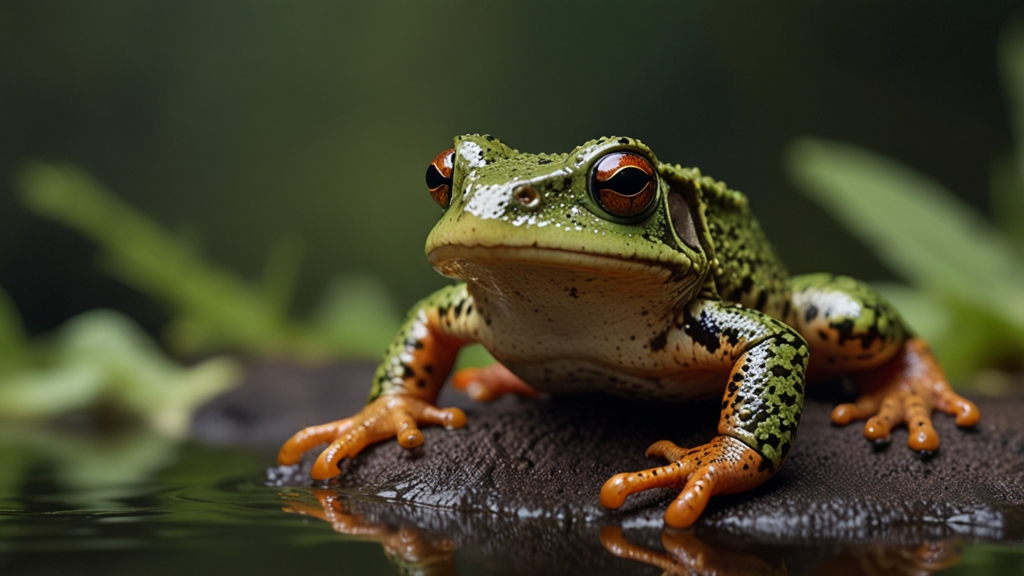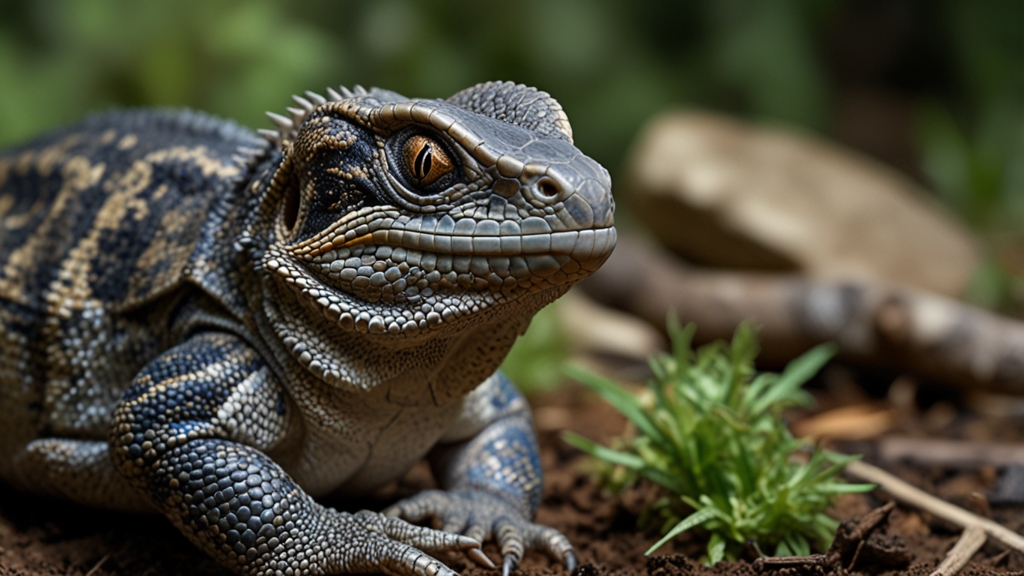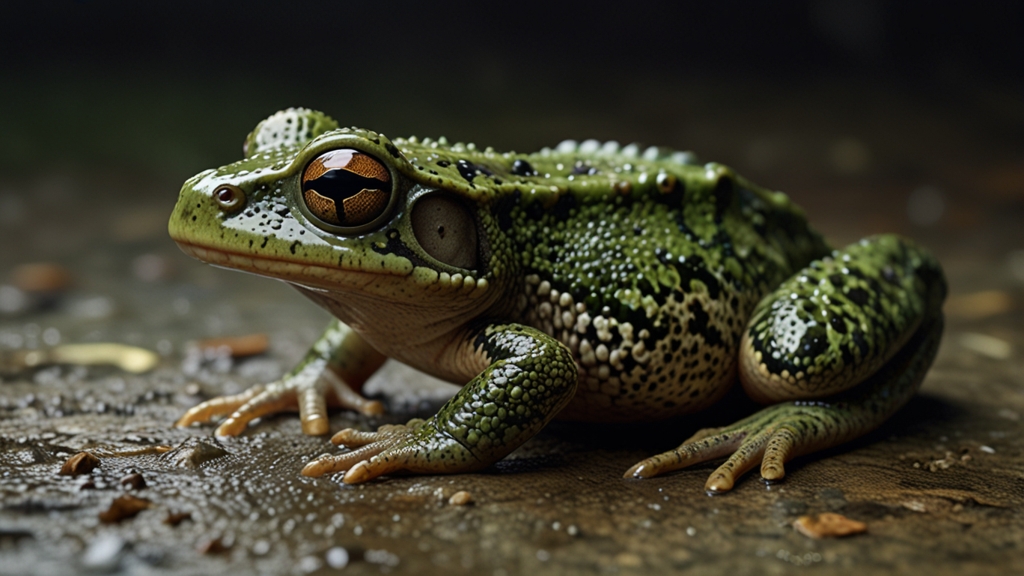The Incredible Transformation of Amphibians: A Journey from Egg to Adult
Amphibians are truly fascinating creatures, not only because of their unique place in the animal kingdom but also due to their extraordinary life cycle. The transformation of amphibians from eggs to adults is a process called metamorphosis, which is nothing short of miraculous. This journey showcases how life can adapt and thrive through complex biological changes, embodying the adaptability and resilience of nature.
Egg Stage: The Beginning of Life
The journey begins in water, where female amphibians lay their eggs. These eggs are often encased in a gelatinous substance that provides protection and support. For instance, frogs lay their eggs in clusters known as "spawn," which float in water bodies. These eggs are incredibly vulnerable, relying on the water's environment to remain moist and avoid drying out.
"In the water, life has a chance to begin anew. The eggs, like tiny jewels, are the starting point of an incredible journey through the stages of life - each more fascinating than the last." - Nature Biologist
Within a few days to weeks, depending on species and environmental conditions, these eggs hatch into tadpoles or larvae. The metamorphosis has officially begun.
Larval Stage: The Aquatic Adventure
The next phase in an amphibian's life is the larval stage. For many amphibians, such as frogs and salamanders, this stage is spent entirely in water. Tadpoles are equipped with gills, a tail for swimming, and a diet that typically consists of algae and plant matter. They bear little resemblance to their future adult forms, but every aspect of their body is perfectly suited to an aquatic life.
"Tadpoles are the pioneers of change, embodying the spirit of transformation. Their simple, aquatic existence is just the prelude to a more complex, terrestrial life." - Evolutionary Scientist
As tadpoles grow, their bodies begin to undergo significant changes. Limbs start to form, the tail shortens, and lungs develop, preparing them for life on land. This stage can last anywhere from a few weeks to several months, depending on species and environmental conditions.
Metamorphosis: The Grand Transition
Metamorphosis is the climax of an amphibian's transformation and involves drastic physical changes. Hormones like thyroxine play a crucial role in initiating and regulating the metamorphic process. Limbs become more pronounced, the tail continues to recede, and the digestive system adapts from an herbivorous diet to a carnivorous one. Lungs are fully developed, allowing the amphibian to breathe air.
For example, frog metamorphosis usually involves the growing of front legs followed by the resorption of the tail. During this period, the young frog, known as a "froglet," will begin to venture out of the water, testing its ability to survive in both aquatic and terrestrial environments.
Adult Stage: A Life of Dual Existence
Finally, the amphibian reaches its adult form, capable of thriving both in water and on land. This dual lifestyle is reflected in the name 'amphibian,' derived from Greek words meaning 'both kinds of life'. Adult amphibians exhibit a range of behaviors and adaptations that allow them to exploit both environments successfully.
In the adult phase, amphibians are often voracious predators, feeding on insects, worms, and even small vertebrates. Their skin, which remains moist due to mucus secretions, plays a crucial role in respiration and maintaining hydration. Reproduction marks the return to water for many species, completing the life cycle and beginning a new generation of metamorphosing amphibians.
"Amphibians are the ultimate survivors, with a life cycle that beautifully bridges the gap between aquatic and terrestrial realms. Their transformation from egg to adult is a testament to the power and elegance of evolution." - Ecological Researcher
In conclusion, the transformation of amphibians from egg to adult is a captivating journey marked by significant biological milestones. By understanding and appreciating this process, we gain insight into the intricate web of life and the remarkable adaptations that enable survival across different environments. Amphibians, with their unique life cycle, serve as a poignant reminder of nature’s incredible ability to evolve and flourish.









